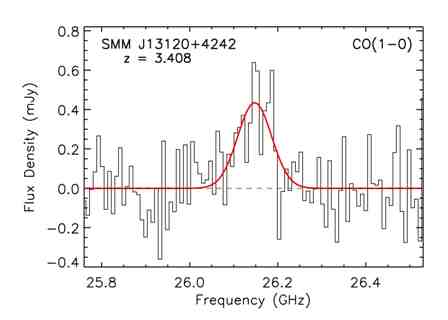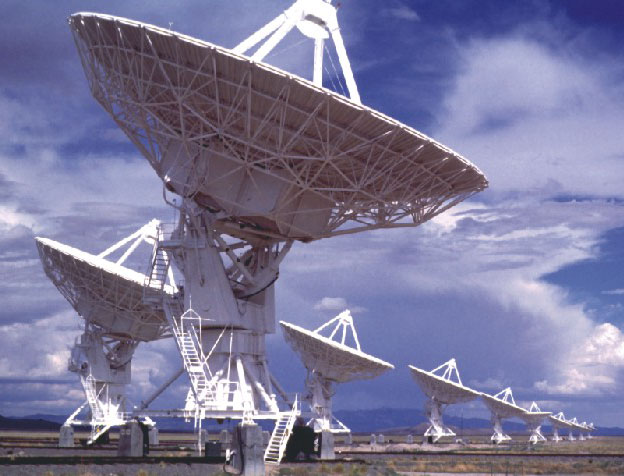 |
I study ultraluminous, dusty, star forming and active galaxies at high redshift, trying to understand how and when massive galaxies formed and the importance of highly obscured star formation to the build-up of stellar mass in galaxies. My research involves both imaging and spectral observations at optical through radio wavelengths, using both single-dish telescopes and interferometers. I am a recent addition to the Laboratory for Millimeter-Wave Astronomy at the University of Maryland, having recently finished my doctoral degree at Caltech. |
|
Characterizing Submillimeter-Selected Galaxies
|

|

|
Molecular Emission from High-Redshift Galaxies
|
|
High-Redshift MicroJansky Radio Galaxies |

|
Back to the LMA page

